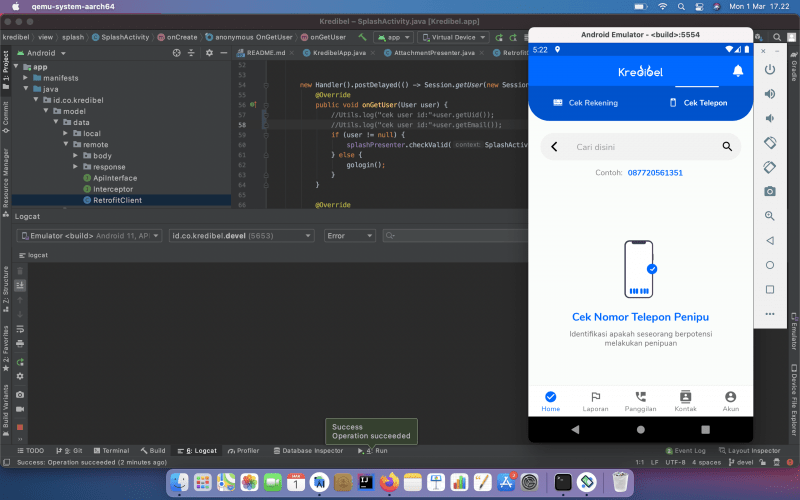
Some do not attempt to build for the arm64 simulator, which means the “no Rosetta” guide actually still needs Rosetta. I have read several guides on React Native development without Rosetta, but they all have shortcomings which I hope to address.


For iOS development, it’s possible to run Xcode and the terminal in Rosetta, but this will not unlock the full potential of the M1 chip.Īdapptor maintains some native iOS and Android projects, but mostly uses the cross-platform library React Native. The M1’s advantages were apparent out of the box-the UI feels more responsive, the laptop is quieter, and the device emulators fly. I am a strong proponent of RISC architectures, and also keen to adopt new technologies and deprecate old ones. I recently received an M1 Mac from Adapptor because my Intel Mac was struggling in the summer heat. Here I’ll describe the steps I took to set up my dev environment for React Native to make the most of the M1’s promised power, and avoid gotchas with lingering Intel dependencies.

Apple has done a fantastic job of making the transition smooth with its Rosetta-2 emulator, but it isn’t perfect. In case you missed it, the M1 is Apple’s own CPU, and while the move to the new architecture won’t be noticed by many users, developers have some work to do. With just two Intel-based computers remaining in Apple’s stable (Mac mini and Mac Pro), your next Mac purchase will likely be powered by the M1 chip.


 0 kommentar(er)
0 kommentar(er)
